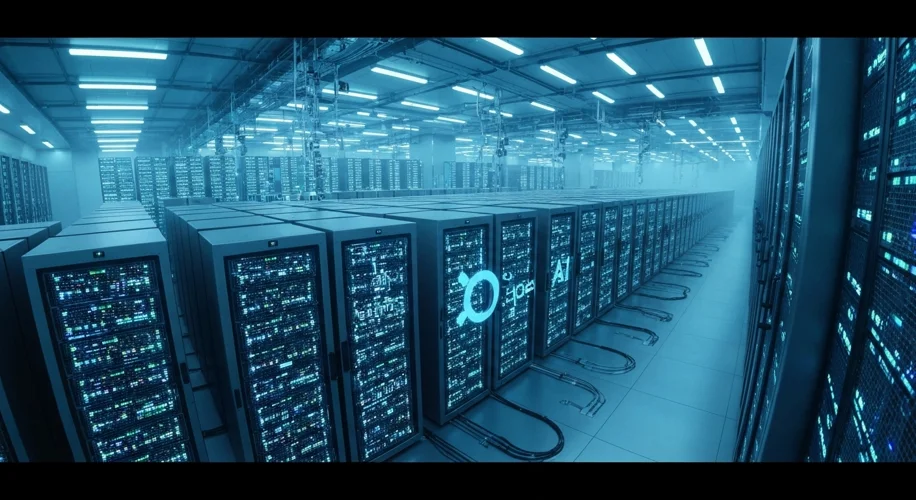It’s easy to get caught up in the excitement around new AI models. We’ve seen incredible leaps in what these systems can do, from writing code to generating realistic images. But behind every impressive demo, there’s a monumental effort that often goes unseen.
Sam Altman, CEO of OpenAI, recently admitted that the company faced challenges with the launch of GPT-5. While he didn’t go into specifics, this candidness is important. It signals that the path forward for advanced AI isn’t always smooth, and that even leaders in the field encounter unexpected bumps.
What’s particularly striking is the scale of investment OpenAI, and indeed the entire AI industry, is pouring into data centers. Altman spoke about the sheer volume of computing power required, hinting at investments that could easily run into the trillions of dollars. This isn’t just about buying more servers; it’s about building and managing vast, complex infrastructures designed to handle the insatiable appetite of AI training and operation.
Think about what this means. To build and refine the next generation of AI, companies need access to immense amounts of electricity, specialized hardware (like GPUs), and incredibly sophisticated cooling systems. These facilities are essentially the engine rooms of AI, and their construction and maintenance demand resources on a scale we haven’t seen before in the tech world.
This focus on physical infrastructure highlights a critical aspect of AI development: its tangible, real-world costs. While we often discuss the software and algorithms, the hardware and energy requirements are equally, if not more, significant. The need for such massive data centers raises questions about resource allocation, energy consumption, and the environmental impact. It also points to a potential bottleneck – access to this level of infrastructure could become a key differentiator, or even a barrier, for companies trying to compete in the AI space.
From my perspective, as someone who’s spent a career in tech, this is a fascinating, albeit sobering, development. It’s a reminder that progress in AI isn’t just a matter of clever coding or brilliant algorithms. It requires immense capital, strategic planning, and a deep understanding of the physical constraints of our world.
As AI continues to evolve, understanding these underlying infrastructure challenges is crucial. It helps us appreciate the complexity involved and sets a more realistic stage for the future of this transformative technology. It’s not just about building smarter machines; it’s about the immense, planet-scale effort required to do so.

